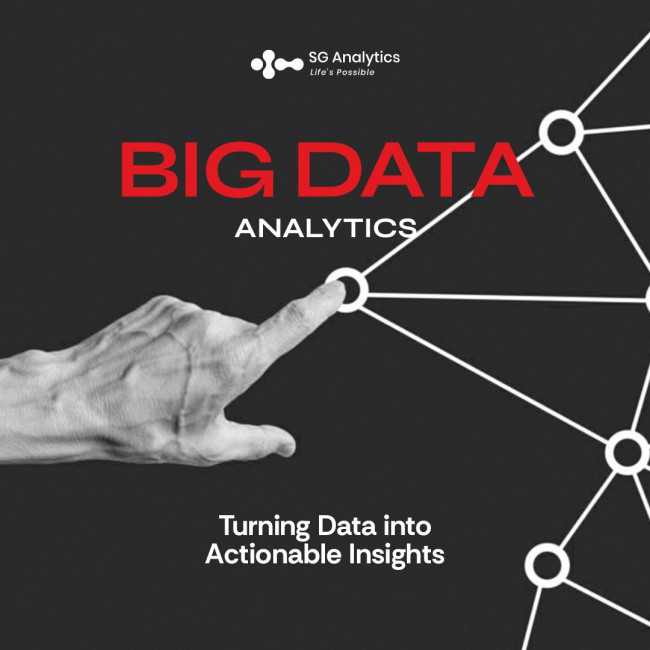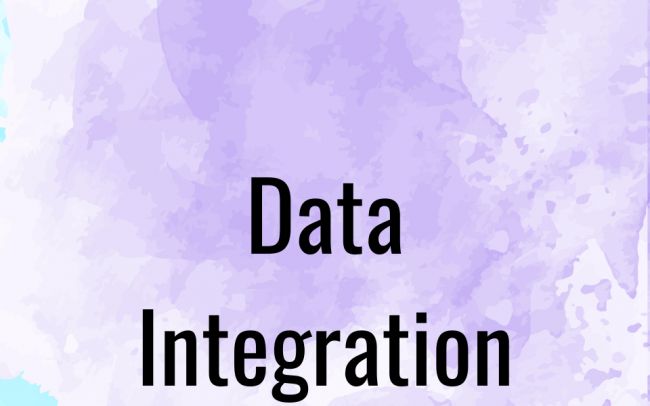Data lifecycle management (DLM) involves policies and executive roles observing and regulating what happens to data from its creation to deletion or archival. As a result, organizations implement multiple technologies for comprehensive data management, quality assurance, security, and governance compliance.

Besides, modern governments and investors support enterprises adhering to appropriate global frameworks and regional laws affecting corporate data processing. They believe an effective DLM implementation will enhance reporting, reduce cybersecurity threats, and encourage responsible resource usage. Data lifecycle management and its importance in business will be the focus of the following brief overview.
What Are the Standard Stages in Data Lifecycle Management?
1| Data Creation or Sourcing
The first stage, data creation, involves multiple sources providing data based on your business’s data-gathering scope. For example, you can capture consumer data by directly asking them to participate in online surveys and update their profiles on appropriate sister websites dedicated to post-purchase support and community building.
Similarly, finance, retail, manufacturing, and tech companies’ data lifecycle management teams will oversee verified transactions, inventory item rosters, and operational expenses using well-optimized programs. You want to ensure data accuracy, freshness, relevance, and validity during this stage. Therefore, innovations like generative artificial intelligence tools can modify databases using reliable data gap rectification techniques.
2| Strategic Storage and Analytics
Brands must securely store business intelligence and consumer data in a form that makes query-powered data retrieval seamless. However, DLM professionals must decide what storage solution to use after considering the volume of the data, usage frequency, and governance implications. This stage encompasses on-premises data repositories, partnered data warehouses, and cloud platforms’ “pay as you go” subscriptions for corporate clients.
Data analytics helps improve the company leadership’s decision-making through insight discovery and intelligence reporting. For example, business-oriented data solutions and services, like customer lifecycle monitoring or unstructured data processing, have gained momentum worldwide.
Still, given the rising significance of governance compliance, access controls to safeguard privacy and security should also be present. As a result, data lifecycle managers integrate adequate technologies to make data storage and analytics resilient to unpermitted parties’ interferences.
3| Accountability-Based Distribution
In this stage, a data lifecycle manager oversees the datasets as they go from stakeholder to stakeholder. For instance, an employee may share a report with superiors. Likewise, an executive will approve restricted access to databases to protect confidential business intelligence from external stakeholders.
Imagine an organization switches data partners. DLM executives must guide the affected departments on responsibly migrating data from older systems to newer ones. In identical scenarios, comprehensive governance and security measures should be in place to ensure that only approved users can access the data before and after data migration.
4| Data Archiving and Deletion
Corporations transfer the data that is no longer commercially relevant to digital archives. After all, they might need the datasets for historical intelligence, diagnostic analytics, or court-mandated criminal investigations after a long time. How archived data is maintained impacts security, cost-effectiveness, and availability when needed.
At the time of data being redundant, once it has crossed its retention period, you want to delete it. Doing so will help free up vital data storage space. According to data lifecycle management experts, appropriate erasure practices, like disk wiping or shredding with enterprise-grade data overwriting tools, are crucial. After all, those approaches can lower the risk that unauthorized individuals might use recovery software to access sensitive information on old hardware.
Importance of Data Lifecycle Management
Industry regulations dictate the amount of data businesses can store. They also document all the technical and bureaucratic requirements to protect that data. DLM teams assist global organizations in complying with regional regulatory directives that help prevent legal penalties due to non-compliance.
Data lifecycle management allows organizations to combat unauthorized access threats that might lead to possible breaches of sensitive information. Consequently, DLM software applications and strategists embrace encrypted communication channels, rule-based access control, and absolute data erasure methods. Their proper implementation enables business leaders to mitigate risks of corporate espionage and data loss.
How Can a DLM Policy Enhance Operations and Decision-Making?
An efficient data lifecycle management policy will also decrease storage costs since it emphasizes relevancy. It can encourage tech tools that will strategically alert you about deleting it once data loses utility. In other words, the DLM policy assists companies in diverting resources to the most appropriate use. Ultimately, no company must waste capital resources on unnecessary storage.
A DLM policy ensures the data is accurate and consistent throughout its lifecycle. Later, this high-quality data leads to more precise insights, empowering stakeholders to craft detailed strategies via informed decision-making.
Simultaneously, organizations must use automation and standardization to enhance data management processes. Decreasing administrative burdens on professionals managing extensive data volumes through scalable tech strategies is often desirable.
What Are the Data Lifecycle Management Tools for Businesses?
IBM Storage Protect (formerly IBM Spectrum Protect) has helped corporations with multi-workload data protection, storage efficiency, scalable archiving, and data recovery.
Simultaneously, NetApp ONTAP offers extensive automation for multi-cloud data storage unification across enterprise data centers.
Dell EMC Data Domain became PowerProtect DD on September 24, 2019. Since its previous iterations, all the involved appliances serve corporations’ data protection and deduplication needs.
Besides, Amazon S3 and Glacier in AWS Data Lifecycle Manager automate data retention.
Microsoft Azure also features unique tools to streamline data backups and compliance.
Commvault, headquartered in New Jersey, assists companies in fostering holistic cyber resilience through robust data retention and governance compliance.
Conclusion
This brief overview establishes that data lifecycle management is indispensable to effective data management, governance compliance, cybersecurity integrations, and reliable analytics. In this era of big data and privacy-first IT industry norms, all businesses must immediately devise thoroughly vetted DLM policies. Otherwise, overcoming technological threats to enterprise information security and customer data protection will overwhelm them, increasing inefficiencies and alienating stakeholders.
Ethical investors and fund managers have examined corporations’ data governance metrics during due diligence. Similarly, consumers are unwilling to trust a brand if its data usage policies are unclear and misleading. Lawmakers have monitored these stakeholders’ concerns to introduce compliance requirements. However, these mandates vary from country to country. As a result, data lifecycle managers excelling at region-specific governance assurance have a bright future ahead.















